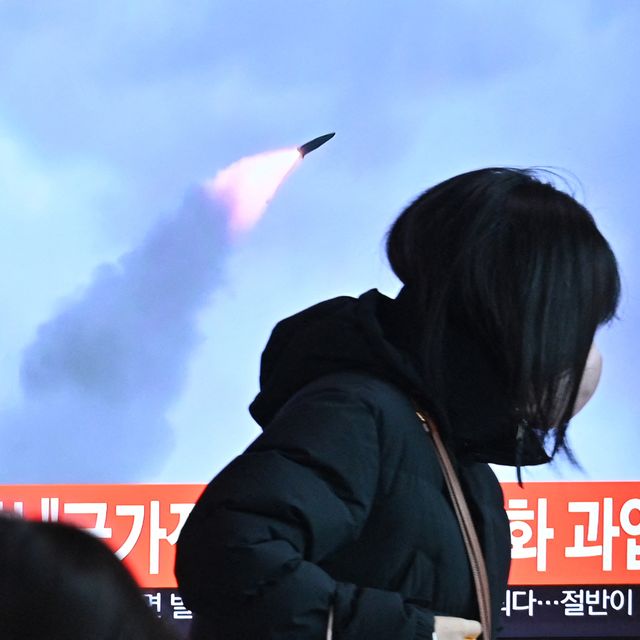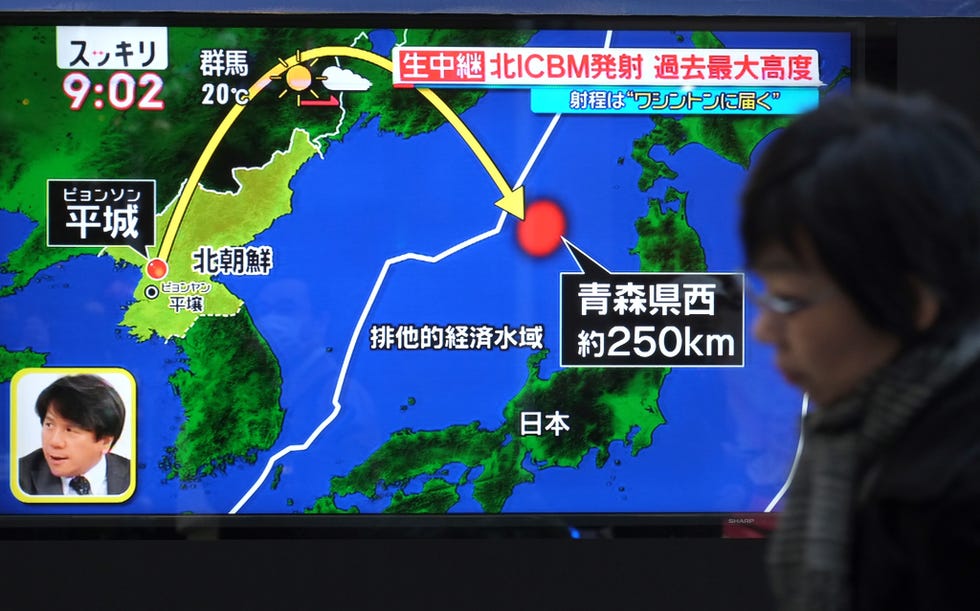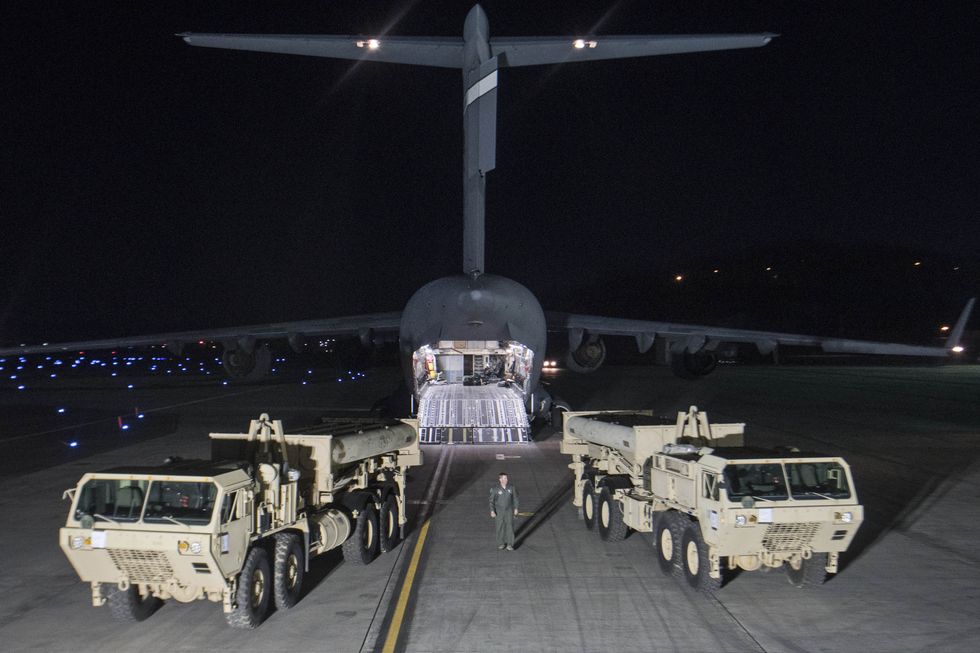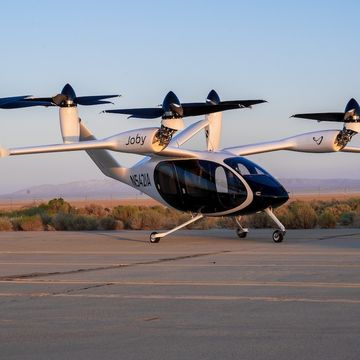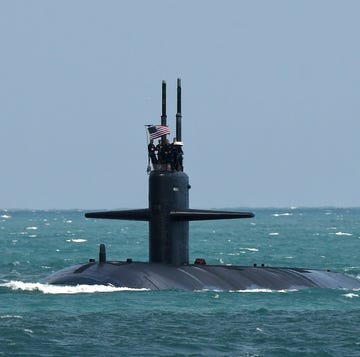- The United States and Japan have agreed to jointly research defense strategies against hypersonic weapons.
- The announcement followed the test of a North Korean hypersonic missile with a maneuverable warhead system.
- Chinese hypersonic weapons could target the forces of both nations in a time of war.
The United States and Japan will conduct joint research and development for defense strategies against hypersonic weapon systems, the two countries announced in an agreement earlier this month. That work, per the agreement, includes "artificial intelligence, machine learning, directed energy, and quantum computing," as well as "counter-hypersonic technology."
Ironically, one day after the announcement, North Korea tested a newly developed hypersonic missile with a maneuverable warhead.
Hypersonic weapons are missile systems that travel at speeds in excess of Mach 5, or five times the speed of sound. Unlike ballistic missiles, which also travel at hypersonic speeds, the new hypersonic weapons travel on depressed trajectories, typically staying within the atmosphere. This allows them to subvert existing defenses, flying too high for regular surface-to-air missile systems to intercept, and too low for ballistic missile defenses to engage.
A joint agreement to research counter-strategies to these weapons is not wholly surprising given that the U.S. and Japan have been allies since the end of World War II. The two countries even have a formal security treaty in place, with U.S. troops protecting Japan and Washington extending its nuclear security umbrella over Tokyo.
Their joint statement refers to a "rapid and opaque military expansion that jeopardizes the regional strategic balance," a clear reference to China. The two countries are also increasingly working to counter China in other contexts: in late December, the two countries agreed on joint military action in the event of a Chinese invasion of Taiwan.
China has at least one hypersonic weapon system, the DF-17, a medium-range hypersonic weapon system. From mainland China, the DF-17 can strike nearly any point in Japan, including U.S. bases in Japan. China also reportedly shocked the U.S. intelligence community in late 2021 with the test of a fractional orbital weapon system that discharged a hypersonic reentry vehicle.
Both countries have also expressed alarm at the rapid development of North Korean rockets, missiles, and nuclear weapons, which threaten Tokyo's population centers and U.S. military bases in Japan. The day before the joint announcement, North Korea announced the test of its own hypersonic weapon, the Hwasong-8. Hwasong-8 is a short-range ballistic missile fitted with a maneuverable reentry vehicle. The warhead is reportedly hypersonic, traveling above Mach 5. Still, it's not clear if it is hypersonic because it is a ballistic missile or because it, like Russia's Avangard hypersonic weapon, travels an altogether different flight path.
Unlike most ballistic missiles, which launch their warheads on unguided (but precise) straight trajectories, the Hwasong-8 reentry vehicle is believed to be able to change direction in flight. A maneuverable reentry vehicle would allow North Korea to launch a Hwasong-8 in one direction and then have it abruptly change direction to skirt around and destroy missile defense systems such as the American THAAD missile defense system. Once the THAAD battery protecting South Korea is destroyed, follow-on strikes would have an easier time reaching their targets.

Kyle Mizokami is a writer on defense and security issues and has been at Popular Mechanics since 2015. If it involves explosions or projectiles, he's generally in favor of it. Kyle’s articles have appeared at The Daily Beast, U.S. Naval Institute News, The Diplomat, Foreign Policy, Combat Aircraft Monthly, VICE News, and others. He lives in San Francisco.
